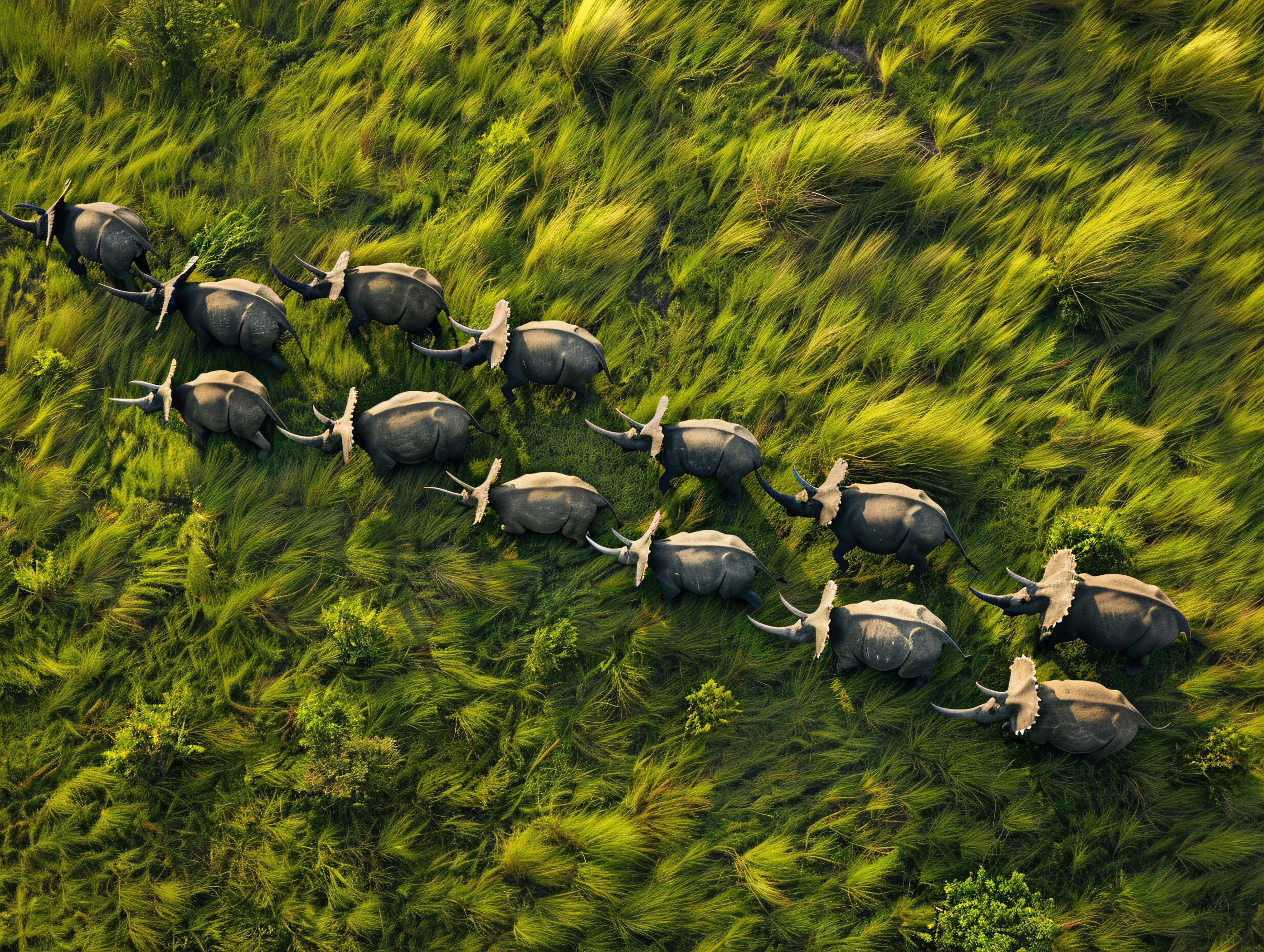How Drones Are Used for Wildlife Tracking and Conservation
Drones have become a powerful tool in wildlife conservation, offering non-invasive, cost-effective, and efficient ways to monitor animals and protect natural habitats. By providing real-time data and high-resolution imagery, drones help researchers, conservationists, and law enforcement agencies track animal populations, prevent poaching, and study ecosystems with minimal human interference.
Tracking and Monitoring Endangered Species
One of the most significant contributions of drones to conservation is their ability to track endangered species. Traditional tracking methods often require tagging animals or following them on foot, which can be stressful for wildlife. Drones, however, allow conservationists to monitor species such as elephants, rhinos, tigers, and marine mammals from a distance. Equipped with GPS and infrared cameras, drones can collect data on animal movement, migration patterns, and population sizes without disrupting their natural behavior.
Combating Poaching and Illegal Wildlife Trade
Illegal poaching remains a major threat to wildlife, particularly in regions where species such as elephants and rhinos are targeted for their ivory and horns. Drones play a critical role in anti-poaching efforts by providing aerial surveillance of protected areas. Equipped with thermal imaging and night-vision cameras, drones help rangers detect and track poachers even in complete darkness. This real-time monitoring allows authorities to intervene quickly, reducing illegal hunting activities and improving the safety of endangered species.
Habitat Mapping and Environmental Monitoring
Understanding habitat conditions is essential for effective wildlife conservation. Drones provide high-resolution aerial imagery to map landscapes, monitor deforestation, and assess climate change effects on ecosystems. Conservationists can use this data to identify areas where habitat loss threatens wildlife, allowing for targeted reforestation and habitat restoration efforts. Additionally, drones help monitor pollution levels in water bodies and air, providing crucial insights into environmental health.
Studying Animal Behavior and Social Patterns
Observing wildlife behavior without human presence has always been a challenge for researchers. Drones make it possible to study how animals interact in their natural environments without disturbing them. Scientists use drones to analyze social behaviors, mating patterns, and feeding habits of various species, including birds, primates, and marine animals. This information is vital for developing conservation strategies that protect species while maintaining the ecological balance.
Wildlife Rescue and Disaster Response
During natural disasters such as wildfires, floods, or oil spills, drones help locate stranded or injured animals that need rescue. Conservation teams can use drone footage to assess the extent of damage and identify areas where immediate intervention is required. In marine environments, drones have been instrumental in rescuing sea turtles entangled in fishing nets and guiding whale rescue teams to distressed marine life. Their ability to reach remote or hazardous areas makes them an invaluable asset in wildlife rescue operations.
Advantages of Using Drones in Conservation
The use of drones in conservation offers several benefits. They are cost-effective compared to traditional methods such as helicopter surveys, making large-scale monitoring more accessible. Drones also minimize human interference, reducing stress on wildlife and preventing accidental habitat damage. Furthermore, they provide real-time data collection, allowing conservationists to respond quickly to threats. Their ability to access remote or dangerous locations ensures that even the most hard-to-reach species and habitats can be studied and protected efficiently.
Challenges and Ethical Considerations
Despite their advantages, drones come with certain challenges. Some animals may perceive drones as threats, causing them distress or altering their behavior. Conservationists must ensure that drones are used at safe altitudes and with minimal noise disturbance. Additionally, regulatory restrictions in different countries may limit drone usage in conservation areas. Another challenge is managing the vast amounts of data collected, which requires proper storage, analysis, and security to prevent misuse. Addressing these concerns is essential to ensure that drones are used responsibly and ethically.
Future of Drone Technology in Conservation
As technology advances, drones are expected to become even more effective in wildlife conservation. AI-powered drones with automated tracking capabilities could identify species, recognize patterns in behavior, and detect illegal activities without human intervention. Improvements in battery life and drone durability will allow longer and more frequent monitoring missions. With continuous innovation, drones will play an even more significant role in protecting biodiversity and preserving ecosystems worldwide.
Conclusion
Drones have transformed wildlife tracking and conservation by providing innovative solutions for monitoring animal populations, preventing poaching, and studying habitats. Their ability to gather real-time data with minimal disruption makes them an essential tool in modern conservation efforts. As technology continues to evolve, the use of drones will expand, further enhancing our ability to protect endangered species and maintain ecological balance for future generations.
.png)






Leave a Comment
Your email address will not be published. Required fields are marked *